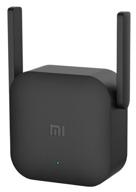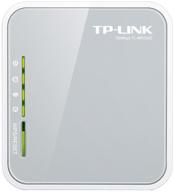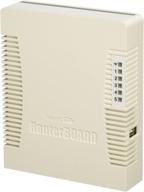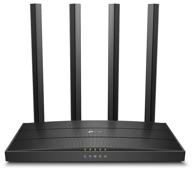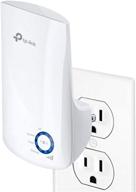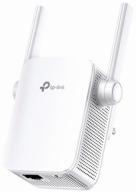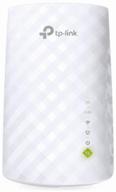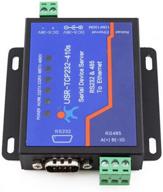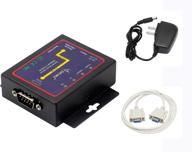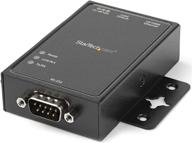- You can turn off the LEDs in the settings, it is very useful, and the fact that it is dual-band.
- Some kind of instability is felt, sometimes you want to throw both the router and the repeater to hell, and sometimes everything works perfectly, the pattern with which it all works is not clear, it’s not good at all, in general, after reading reviews about TPLINK equipment in general, there is a real desire to throw all this junk away outside and take a pair of Airport from Apple, since I’m already tired of switching between networks, sometimes you switch from 5 GHz to 2.4, then back and everything starts working, but sometimes this trick doesn’t help, I had to configure other network names on the repeater and now I switch to manually when I move from room to room, but at least it’s clear to the router or repeater that I’m connected and what’s going on. In short, in general, you have to adapt yourself to the equipment, it only makes life easier in part, I was hoping for a completely different result.
- small size, neat body
- quickly broke down
- Operates on two frequencies 2.4 and 5 GHz
- As long as everyone likes
- Quick setup. Forms two networks - 2.4 Hz and 5 Hz. Works great at 5Hz.
- Didn't reveal.
- Looks good, no protruding antennas.
- heated A glitch was detected for March 2022, the firmware has not been fixed.
- Easy to set up, works in 2 bands 2.4 GHz and 5 GHz. Price! Brand!
- Have not found
- Nice discreet design, small size. Stable operation, availability of ates from the manufacturer (including from the CRACK vulnerability). Naturally, support for 5GHz, the ability to receive a signal at 2.4GHz, and rebroadcast at 5GHz, the presence of an ethernet port, ease of setup. After ating the firmware, it becomes possible to change the operating mode from a repeater to an access point (Wifi distribution from a wired connection).
- The ease of setting in some places turns into inflexibility / limited settings. Let's say for some reason it is impossible to set up a broadcast channel at all. Moreover, in revision V1 there was such a setting, but in V2 it is no longer at all, only an automatic one. But you can configure the indicators to turn off at night, and auto-off-on according to a schedule. It occupies an outlet blocking the neighboring ones, there is no outlet on the outlet itself. Sometimes devices get IP addresses from it very slowly, despite the fact that the main router (also TP-Link) does not have such a problem.
- Price, ease of setup, two ranges
- did not reveal
- It keeps the network perfectly, expanded the coverage area in the apartment.
- Haven't revealed yet.
- Support for two modes of networks, packaging, interface, ease of setup, the ability to turn off the indication
- Coverage
- Ease of setup
- Doesn't make coffee
- There is an Ethernet connector :) There are no more advantages.
- Specifically cuts speed






